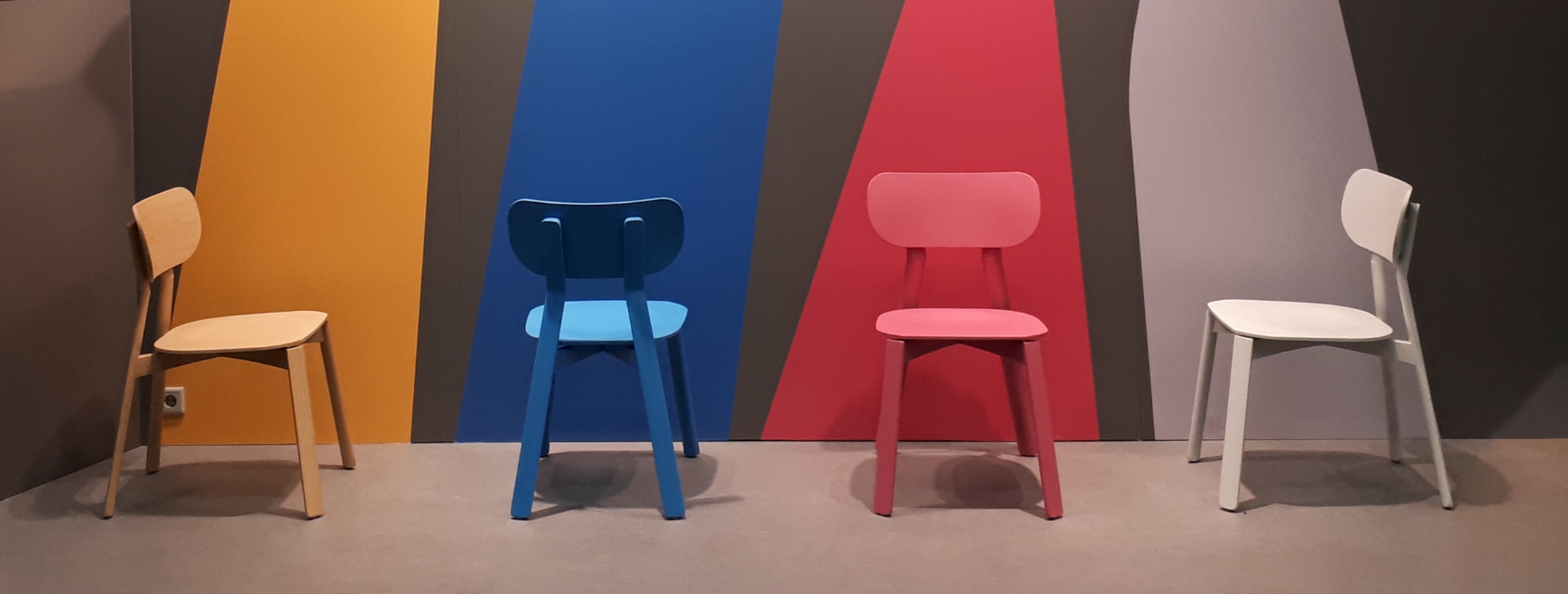
"Sustainability" at the imm cologne 2020
Where is the real “sustainable design”?
The effects of climate change are increasingly being felt by us people in Europe. More and more people are seriously trying to change their consumer behavior.
Purchasing behavior in relation to mobility, food and housing is increasingly being evaluated from the point of view of climate neutrality. The trend reversal towards a sustainable society has arrived at least in the minds of many people.
This means that the ecological point of view is increasingly becoming an economic factor for the manufacturing companies.
with Sustainable design are very easy to lure customers in times of drought even in Germany and months of forest fires in Australia.
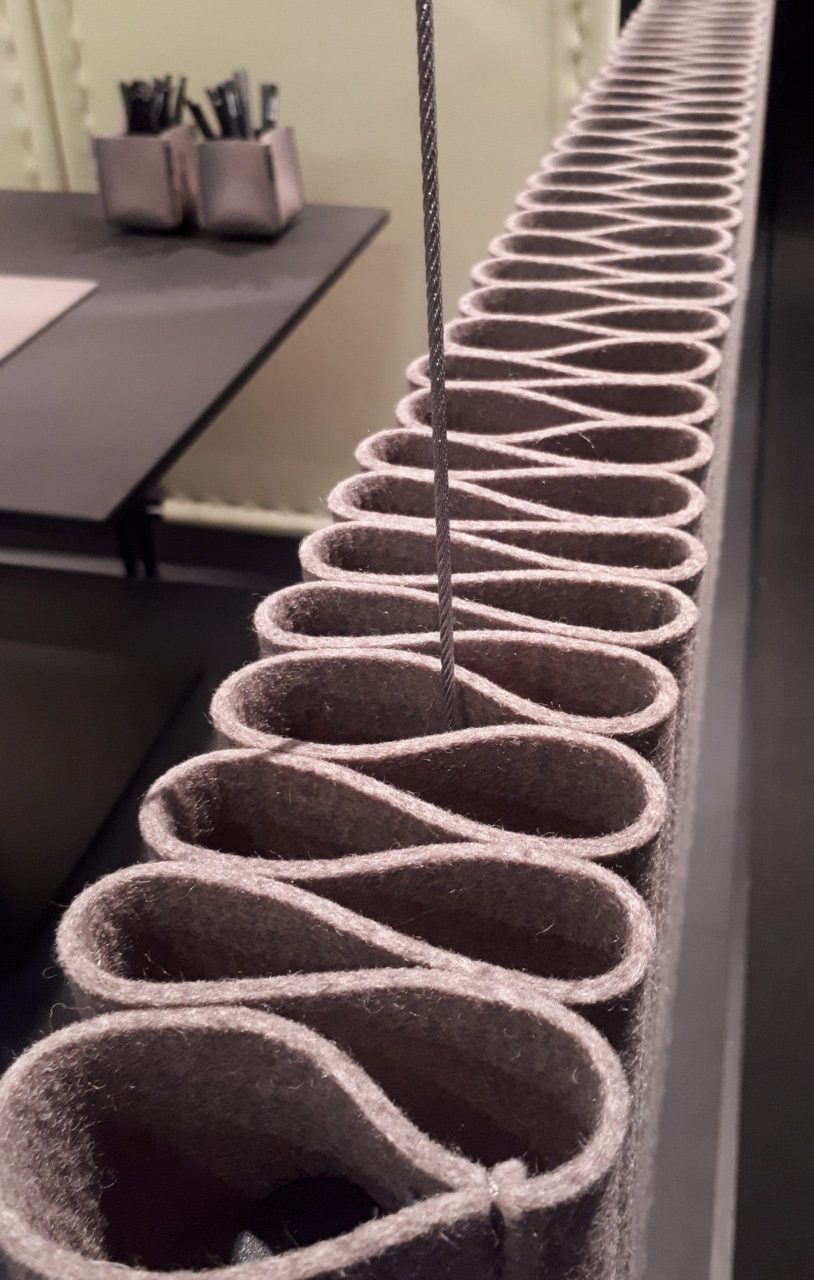
Sustainability as an aesthetic marketing factor
However, the major issue of sustainability was largely tied to the material at the International Furniture Fair 2020. Sustainability threatens to degenerate into a purely aesthetic marketing factor that is only conveyed through the choice of materials and the design.
The sustainable attitude of consumers should be visible by using wood, felt and natural materials in particular. In reality, however, these are often plastic laminates, wood veneers from unsustainably managed rainforests or polyester felt. For the layperson, these can hardly be distinguished aesthetically from the more sustainable alternative materials.
In any case, you can't tell by looking at the "sustainable" furniture whether it really comes from sustainable production, even if, for example, solid wood and wool felt are used.
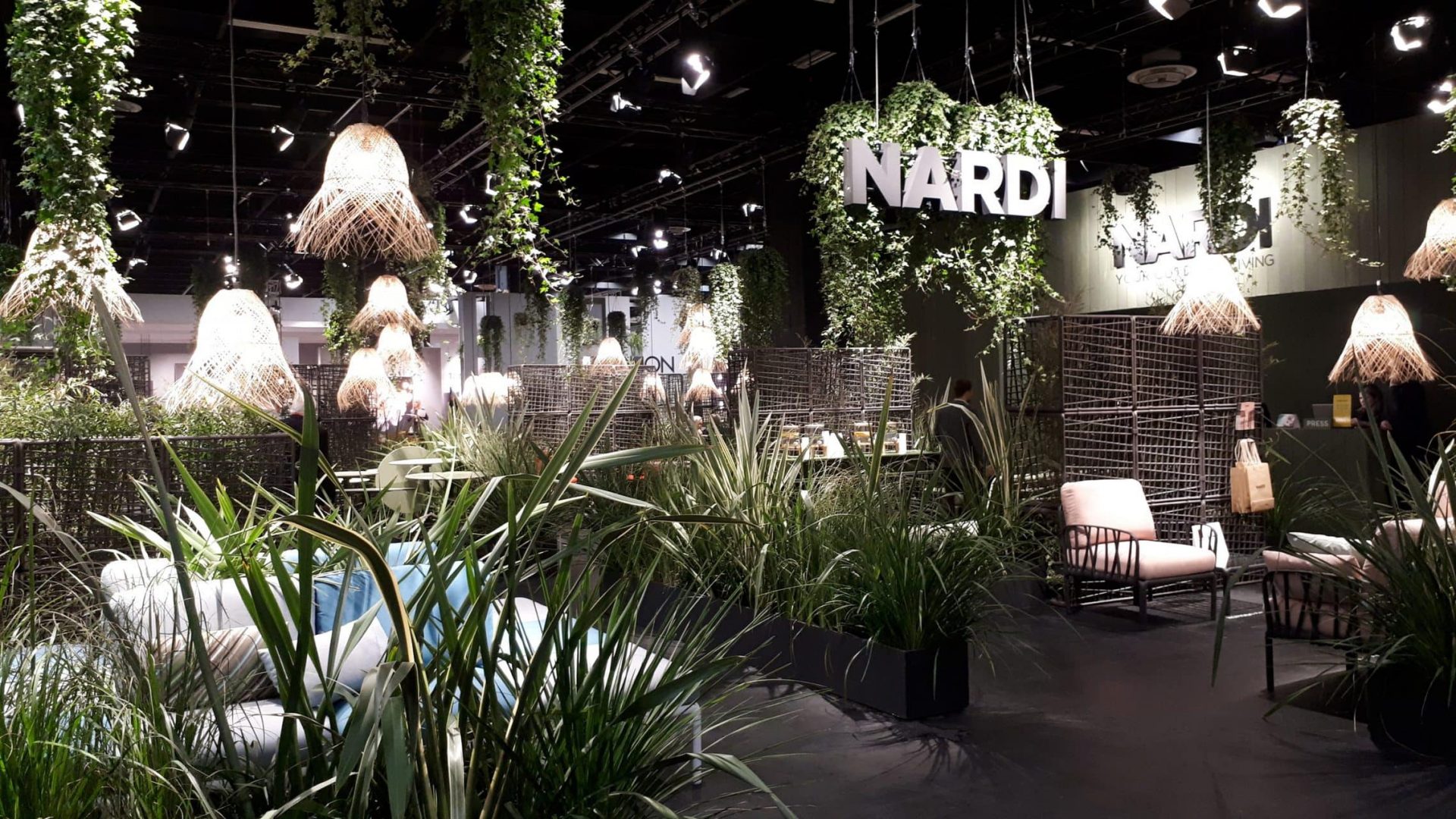
A large European outdoor furniture manufacturer, for example, is aggressively promoting sustainability at the imm cologne 2020 and is quickly transforming its trade fair stand into a jungle-like plant oasis to make this visible to everyone.
"Green stuff" as impressive proof of "green" action. All products are made of pure polypropylene according to the manufacturer's specifications. This one is actually 100 % recyclable, but the real recycling rate of PP was under 1% globally in 2017.
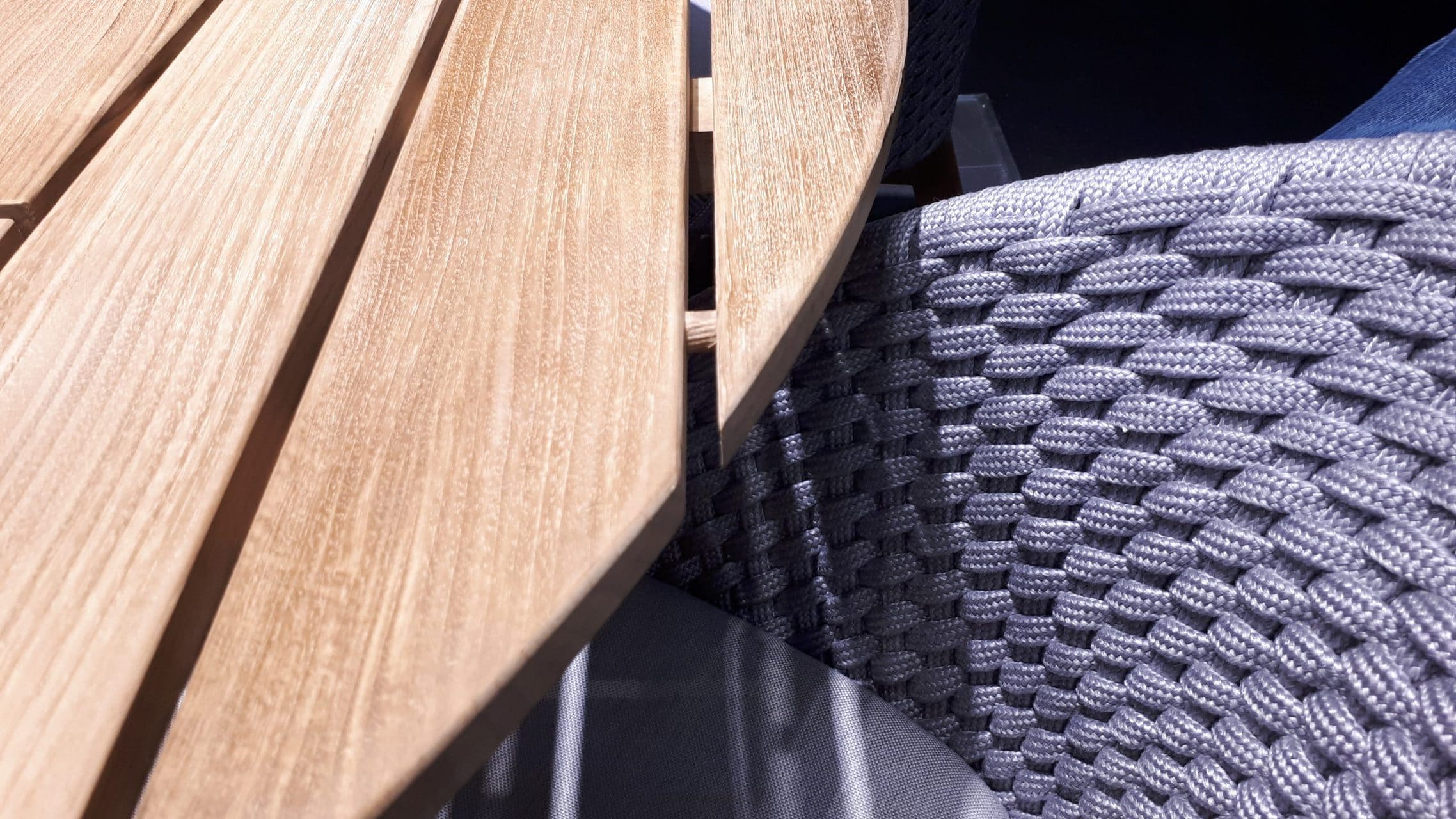
A product is not yet sustainable if it is only recyclable, but only if it is actually recycled.
The responsibility for sustainable consumption does not lie solely with the consumer. Above all, we industrial designers and manufacturing companies still have a lot to do to make the products truly sustainable. Sustainable design must be implemented much more consistently.
Away from the mere painting of the ecological, towards the comprehensively sustainable development and production of products.
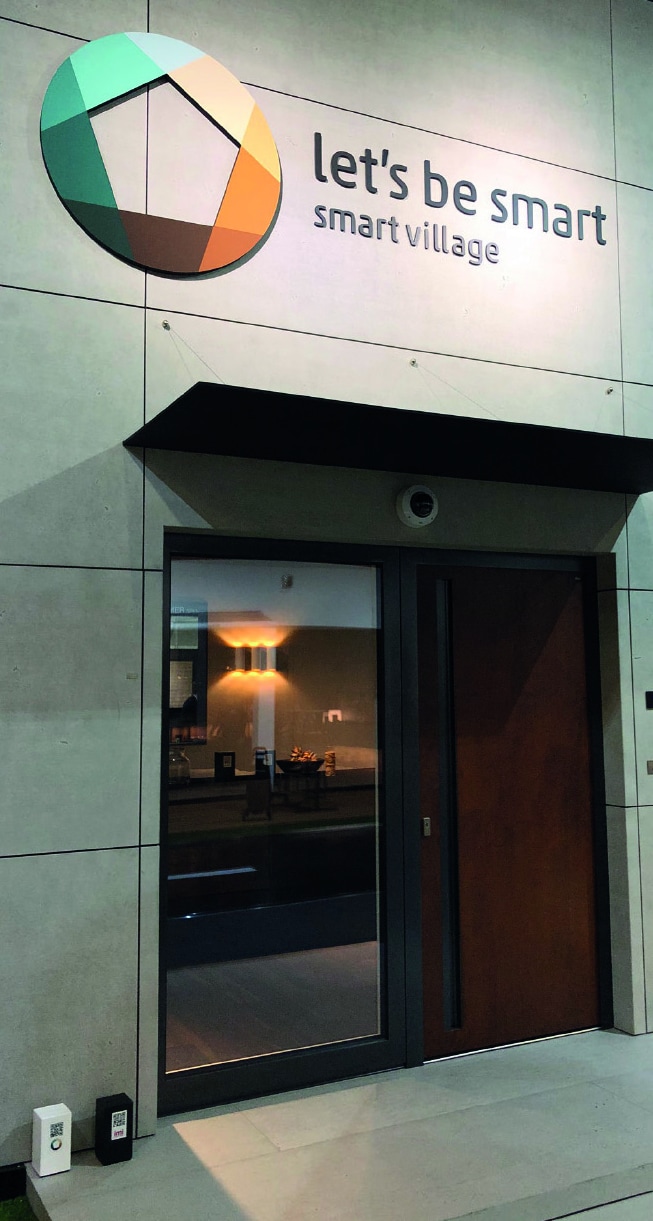
Also the big issue smart home at the imm cologne 2020 leaves us with a few question marks. The organizers of the special exhibition "Let's be smart - Smart Village" ask the following questions on their website:
“Braucht man das wirklich?”
“Ist es auch sicher?”
“Wer hat wirklich etwas davon?”
You don't seem to be really sure on the official tour of the exhibition stands.
"Everything you see here is something people need like a third shoulder."
Shouldn't "smart" also be sustainable? And affordable for the masses? However, the automation craze in the living area shown in the Smart Village is clearly aimed at people with middle to high incomes.
“Smart Home” products still cost a lot of money and often consume a lot of energy. In order to be able to react at any time, the systems are permanently active and online. Here lies the Share of non-renewable energies in 2017 EU-wide still 82.5 %.
In addition, smart home products are particularly exposed to the high pressure of technical change. Digital development is progressing extremely quickly. And it constantly offers the manufacturing industry the opportunity to develop new products and have their predecessors disappear from the market as soon as possible.
For this reason, the renowned manufacturer of wireless loudspeakers SONOS drew a huge shitstorm in January 2020 when it announced that it would no longer provide older products with updates and would therefore make them incompatible with its newer loudspeakers.
Intelligence with an expiration date consumes excessive resources.
The more digital a product, the more its future security is endangered by the discontinuation of updates and future incompatibility with new software standards. Unfortunately, in practice, "smart" products usually do not impress with their longevity and reliability.
Not every digitally enhanced product is also smart. In any case, a product is only really intelligent if it fulfills a real purpose at all. And this for as long as possible, reliably and in such a way that the regenerative capacity of the resources used is guaranteed.
Really smart products are grandchildren's products.
We should urgently think about how to make our products intelligent in the long term. We should again create products that will still work in 5, 10 and 15 years.
One contribution to a solution is the much broader enforcement of standards. Instead, proprietary, manufacturer-specific solutions are constantly being used, which are mainly designed to secure the company's sales in the long term.
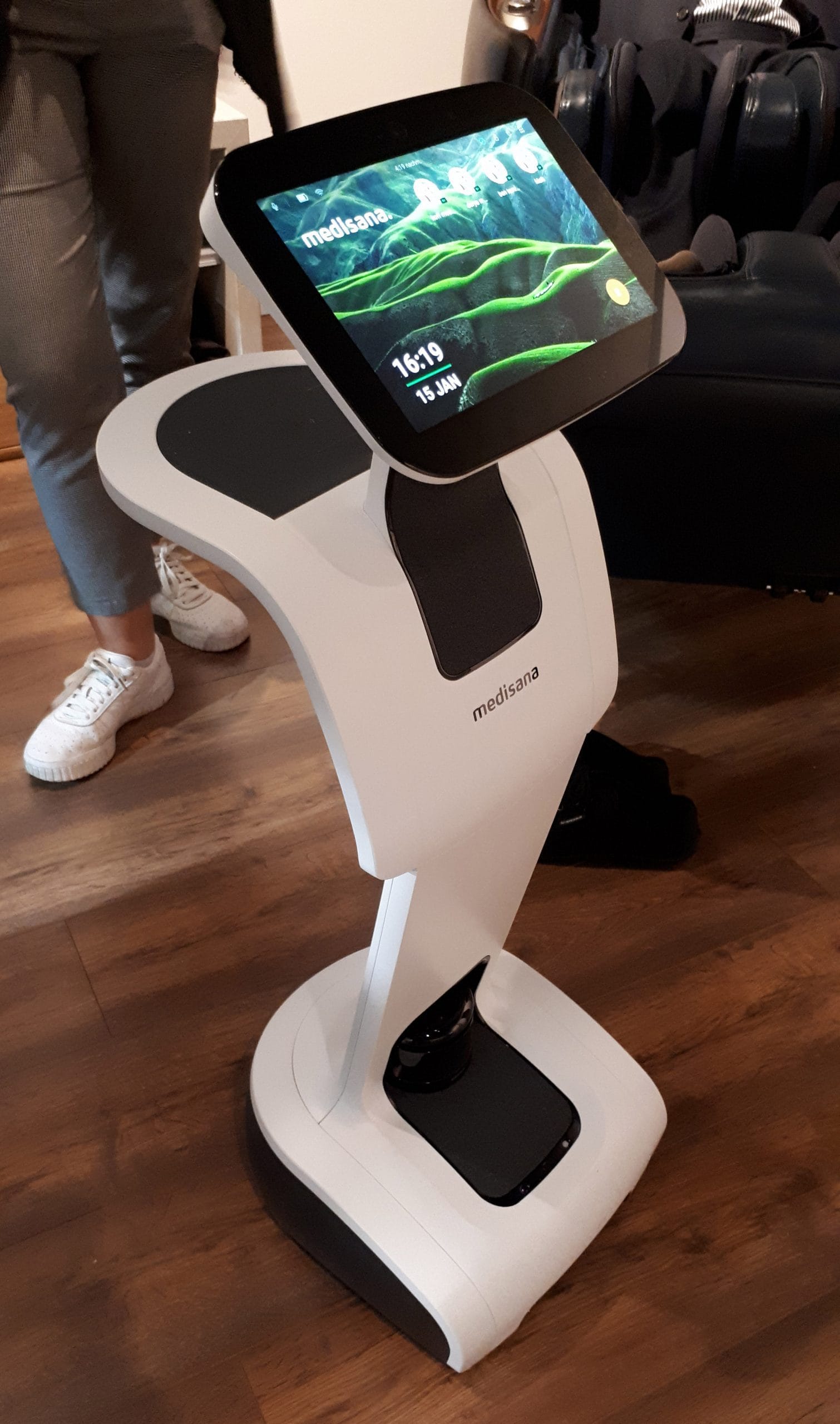
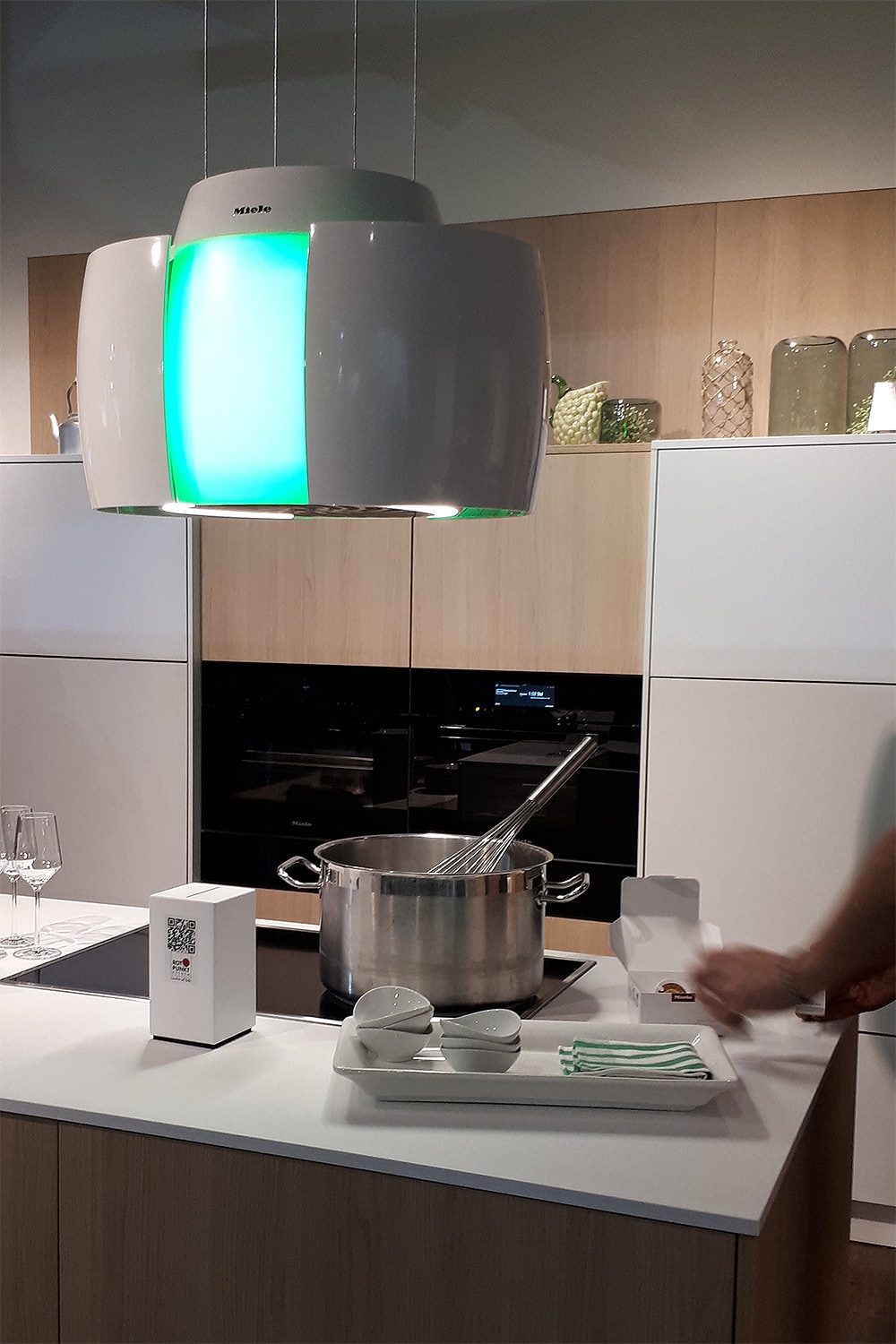
Artificial intelligence (AI) can offer real added value in the area of senior-friendly living.
“Smart” is usability by older people.
Technical devices can increase security and contribute to maintaining autonomy. Fall detectors installed in the bathroom, for example, can contact the emergency call center in the event of an accident.
In the Smart Village, a robot was introduced that would hang on its owner's heels to be there at all times and provide assistance. However, we had the impression that the electronic assistant with AI lacked a sense of distance and in practice it often got in the way. Instead of helping, the device can become a dangerous tripping hazard, especially for older people.
Every smart home user is probably familiar with the "prevention management" required of them to prevent the supposedly intelligent technology from doing what doesn't suit them at all. Sometimes we ask ourselves:
Is that real help or just employment?
Do I need the I-Pad installed in the front door with a power supply and a camera directly behind it? Or is a conventional door viewer not enough?
What are the long-term consequences of not having to shop at all because the fridge does it for me? If I no longer have to get up because half the household responds to voice commands?
Will we eventually develop into people like those from the animated film “WALL E”, who, after centuries of automation and constant media exposure, have degenerated into obese, shapeless beings?
The latest smart home interfaces with invisible controls, touch-sensitive surfaces, touchscreens and voice control are hardly suitable for helping inexperienced users to find their way around.
The design of products should tell us what they are for and how to use them.
What I don't see, or at least don't recognize, I can't use intuitively either.
From our personal experience, 80- or 90-year-olds hardly or not at all get along with modern user interfaces and voice control. So those who need it most are the ones least able to benefit from it.
The actually enormous wealth of experience of older people is often no longer sufficient to find their way around in the modern smart home.
Conclusion
We should move away from blind rage towards automation and digitization towards an environment that tells us how we can orientate ourselves in it.
We need more products that don't leave us helpless in the event of an internet failure or an update. Products that are more durable again and that communicate intelligently with us through their design. They tell us how they work and support us in everyday life. Products that are easy to use, and not just for the tech-savvy digital elite.

